Best Timing for Storm Restorations
Storm restorations are most effective when performed promptly after a storm event to minimize damage and prevent further deterioration. The optimal season for storm restorations typically aligns with periods of higher storm activity, which varies by region but often peaks during specific months. In Arizona, storm activity can occur year-round, but the late summer and early fall months tend to see increased weather disturbances. Conducting restorations during these times ensures that damage is addressed before the onset of winter or the dry season, which can complicate repairs.
Addressing storm damage quickly helps prevent structural issues, leaks, and further deterioration. Early intervention can reduce repair costs and limit exposure to weather elements.
Late summer and early fall are ideal for storm restorations due to increased storm activity. Avoiding winter months can ensure better weather conditions for repairs.
Unfavorable weather, such as rain or snow, can delay restoration efforts and compromise the quality of repairs. Planning during drier periods enhances success.
Arizona experiences monsoon season in late summer, making it a critical period for storm damage assessments and restorations.
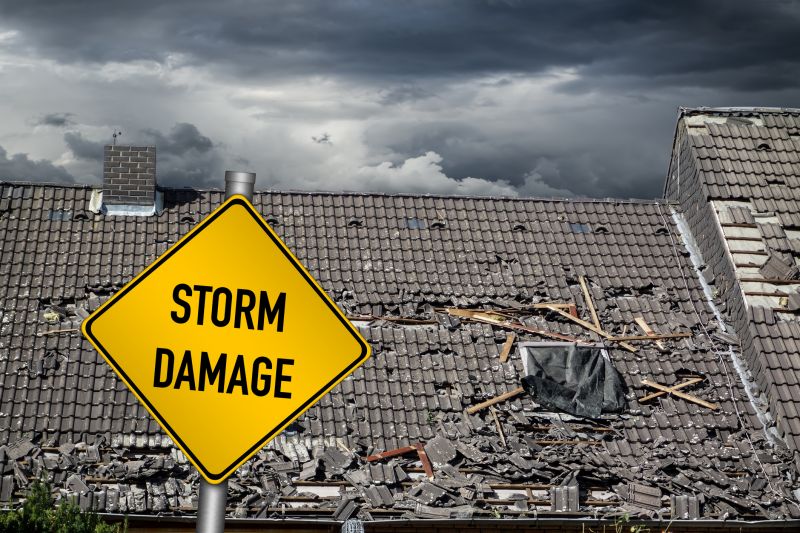
Evaluating damage immediately after storms helps prioritize restoration needs.
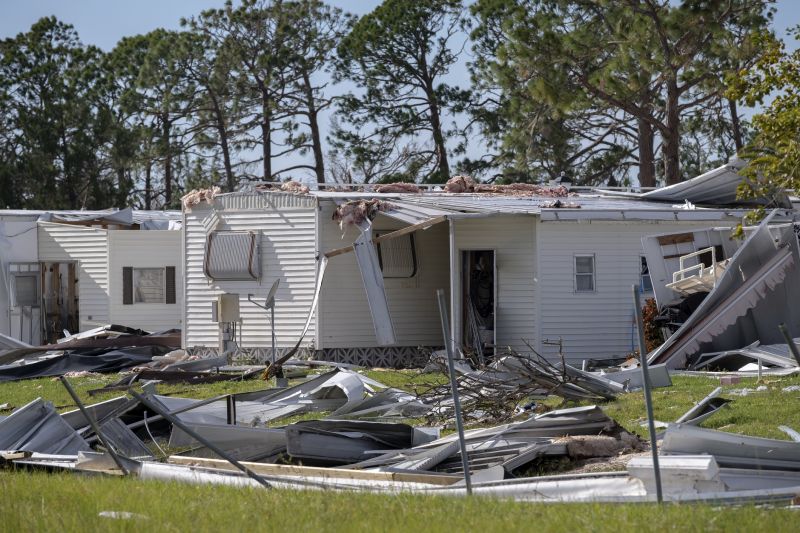
Rapid response to storm damage can prevent further issues.
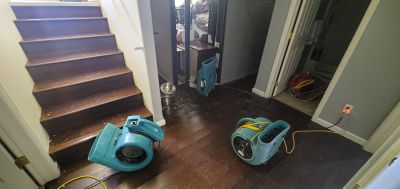
Specialized tools and materials are essential for effective repairs.
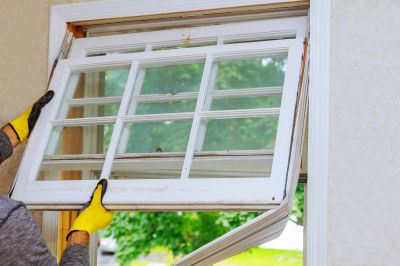
Ways to make Storm Restorations work in tight or awkward layouts.

Popular materials for Storm Restorations and why they hold up over time.
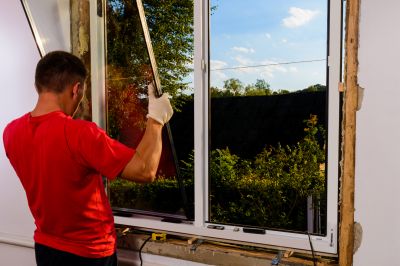
Simple add-ons that improve Storm Restorations without blowing the budget.
Storm restorations involve repairing and restoring properties damaged by severe weather events such as high winds, hail, and heavy rain. These repairs can include roof replacements, siding repairs, window sealing, and structural reinforcement. Properly executed restorations not only restore the appearance of a property but also ensure its resilience against future storms. The damage caused by storms can be extensive, with some cases requiring immediate intervention to prevent safety hazards or further structural compromise.

Visuals of properties before storm damage occur.

Completed restoration projects after storm damage.

Equipment used in storm damage repairs.
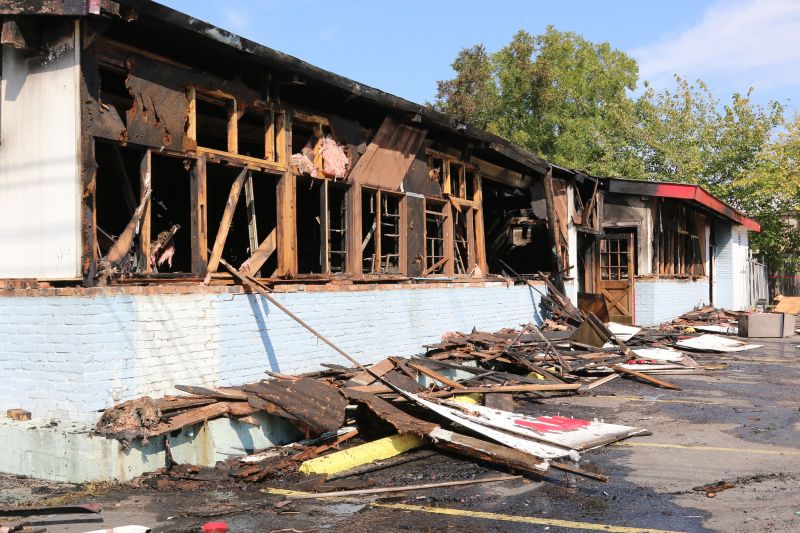
Assessing damage to plan effective restorations.
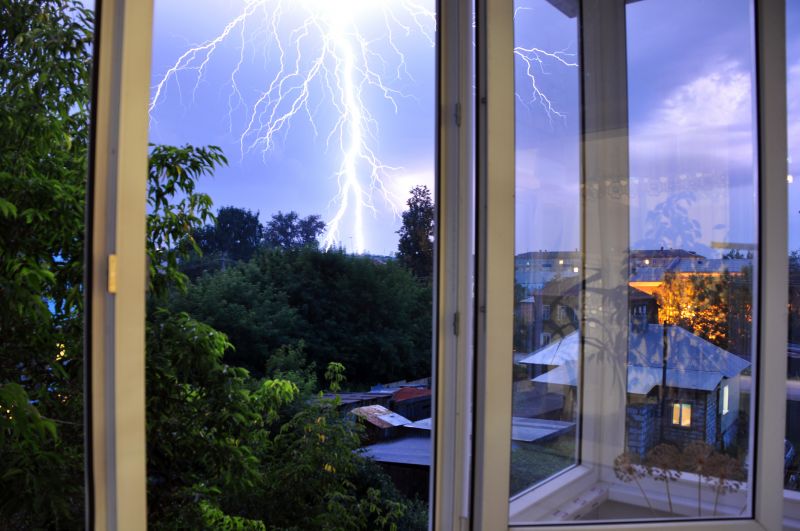
High-end options that actually feel worth it for Storm Restorations.

Finishes and colors that play nicely with Storm Restorations.
| Season | Advantages |
|---|---|
| Late Summer | High storm activity, ideal for immediate repairs. |
| Early Fall | Weather conditions are still favorable for restoration work. |
| Winter | Less storm activity, potential delays due to weather. |
| Spring | Moderate storm risk, suitable for planned restorations. |
| Summer | Peak storm season, best for urgent repairs. |
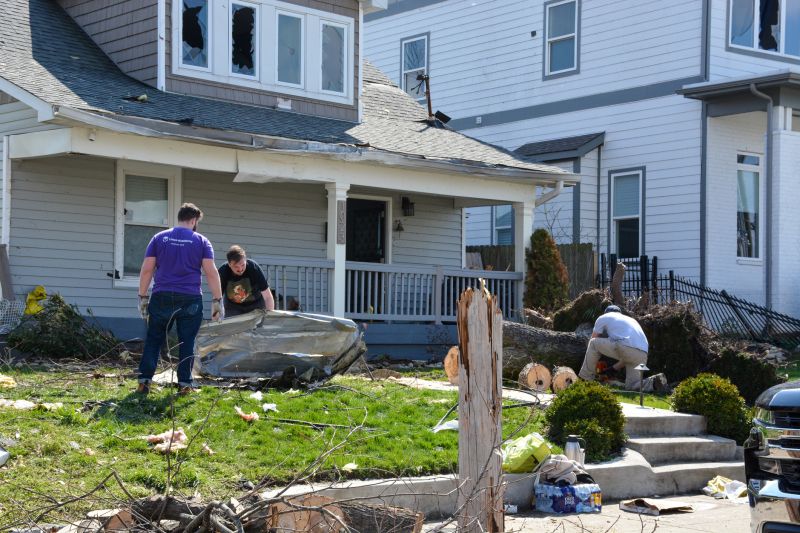
Pre-storm preparations can reduce damage severity.

Strategic planning ensures efficient repairs.
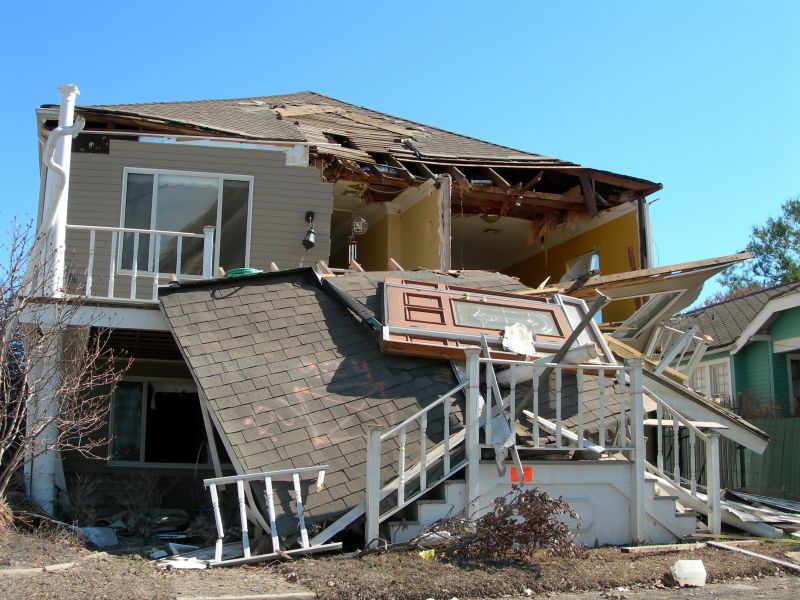
Restoration efforts restore safety and integrity.
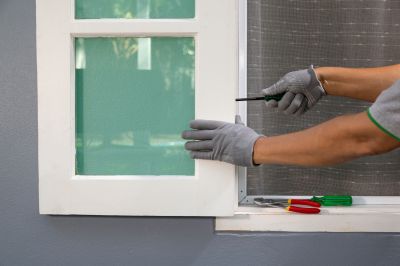
Little measurements that prevent headaches on Storm Restorations day.
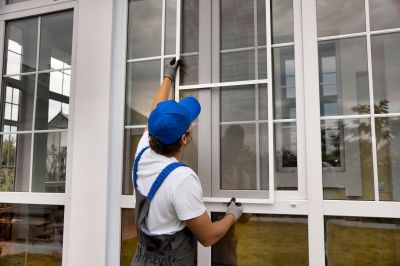
A 60-second routine that keeps Storm Restorations looking new.
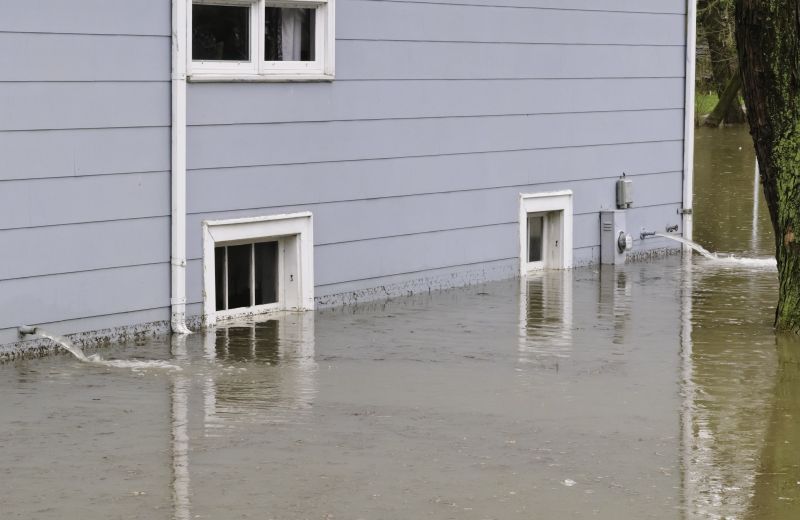
A frequent mistake in Storm Restorations and how to dodge it.
For those interested in storm restorations, filling out the contact form provides an opportunity to discuss specific needs and schedule assessments. Prompt action can help mitigate damage and restore property integrity effectively.

